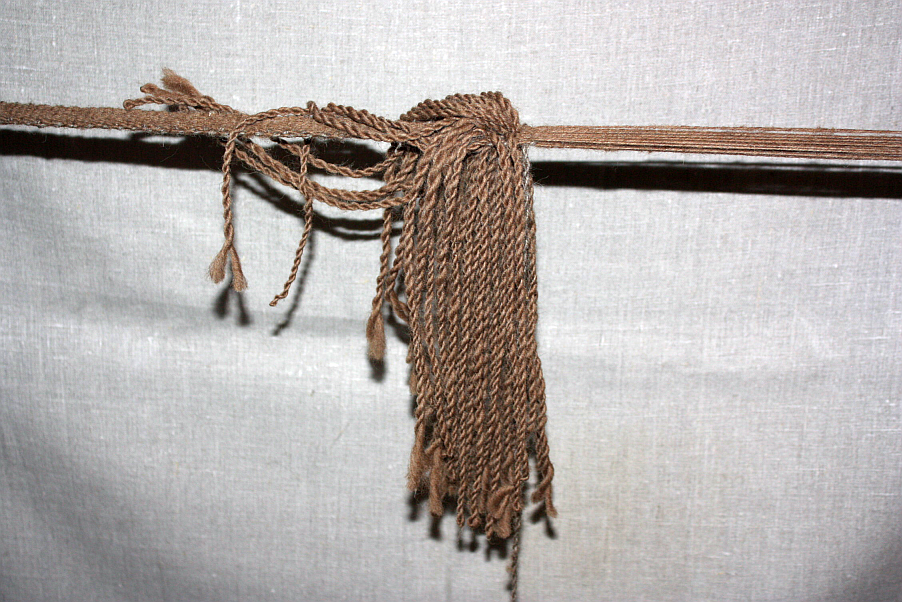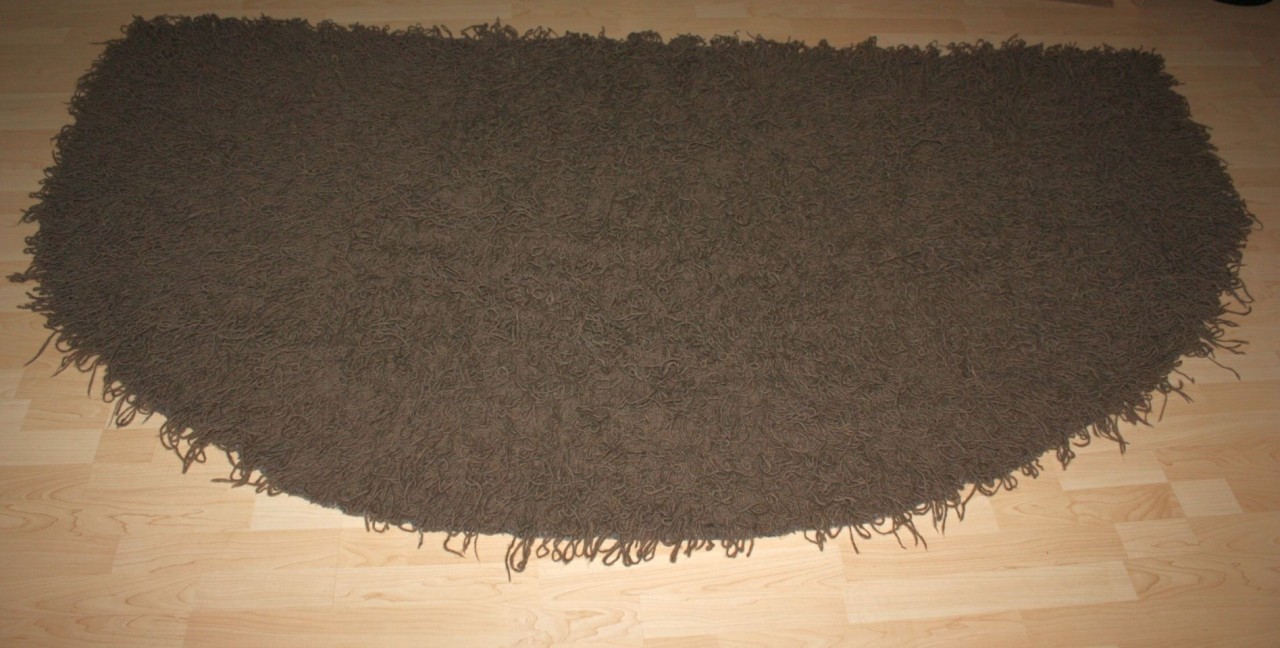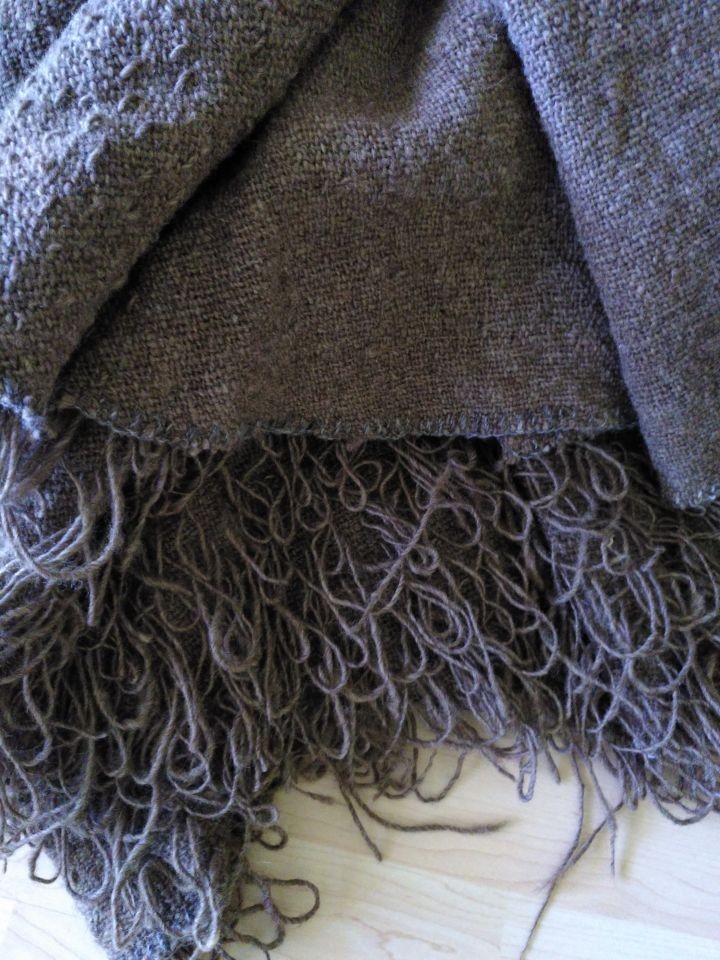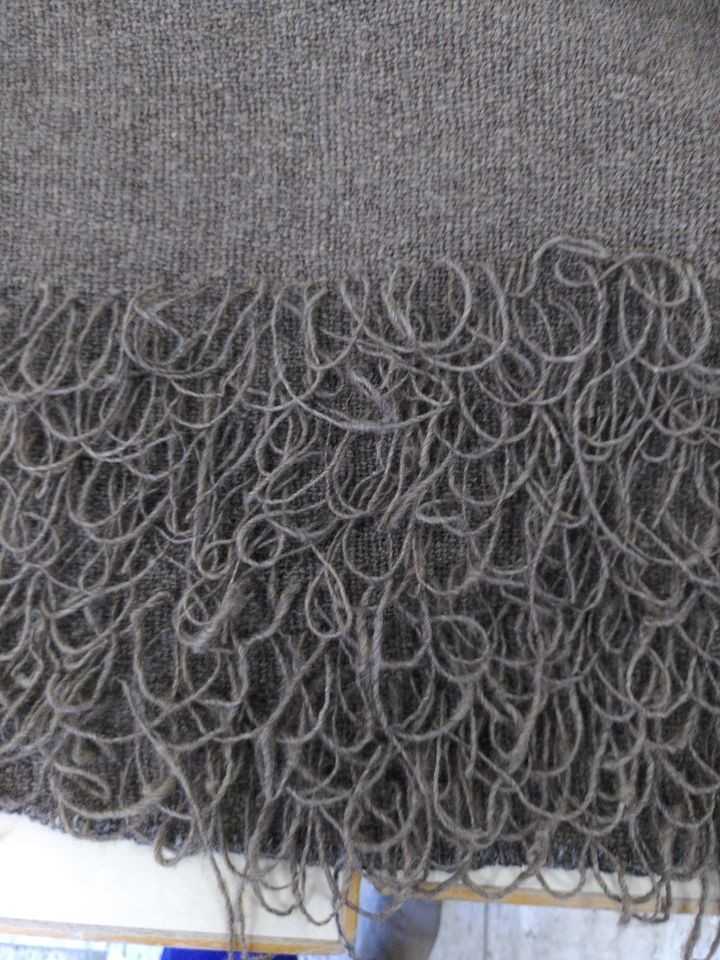Sometimes, when chatting about work in historical/medieval/prehistoric times, especially the very time-consuming textile work, somebody says "ah, well, but they did have more time back then".
Did they, though?
My usual answer to this comment is that back in history, days also only had 24 hours each. Not all of these hours were light, and there was less artificial lighting available than we're used to today, both in quality and in quantity. Some of the dark hours were, of course, spent sleeping - so let's just say, for simplicity's sake, that after 8 hours of sleep, there's 16 hours of time left to do things.
To do... all kinds of things. Especially those that were directly connected to sustaining yourself in some way, either by farming directly or by doing some other work to earn money to buy the things you'd need, or a mixture of both. Sounds familiar? Because that is, basically, what we're still doing today.
So depending on what your work is and how long it takes, you might have resources left over to spend on luxury goods in the wider sense, or you might not. That, again, is something that remains the same no matter what era we're in. There's people who have more resources and people who have less, and those with more resources can invest them in stuff that serves as status symbol, and those who don't... they have to make choices.
Time-consuming manufacture of things means that you either have the surplus time yourself and can spend it on making something fancy, or you have the money (or bartering means) to buy somebody else's time. If the rest of your social environment knows the worth of the item made, it can serve as a status symbol. (That won't work if you get something very pricey and fancy but nobody can appreciate it, because it's not common knowledge. A very fine hand-knit sweater would take a lot of time, but most people won't realise that when you pass them on the street - something like a fancy designer hand-bag, though, would be more widely recognisable.)
I am a firm believer that "back then", people did not have so much more time than we do have now. They'd also have had distractions, and days when things did not go as planned, and they'd have hung out with friends and family in their leisure time and not worked all the time on something. (Well, not more than modern people do.) That is also what I try to explain when the comment comes up.
Sometimes, though, I feel like going "oh my goodness, someone had waaaay too much time", too. Like now, when I am doing the stitching for the pile on the reconstruction of the Trindhøj cloak.
That is a lot of stitching. A LOT.
Don't get me wrong, it's a quite nice task, and each single stitch goes rather quickly, but a lot of quick actions will still take a long time. I also hope that the yarn I spun will be enough, and I won't run out before I finish the loops.
Maybe it helps to work faster? So I'm finished before the yarn realises that it's not enough?







